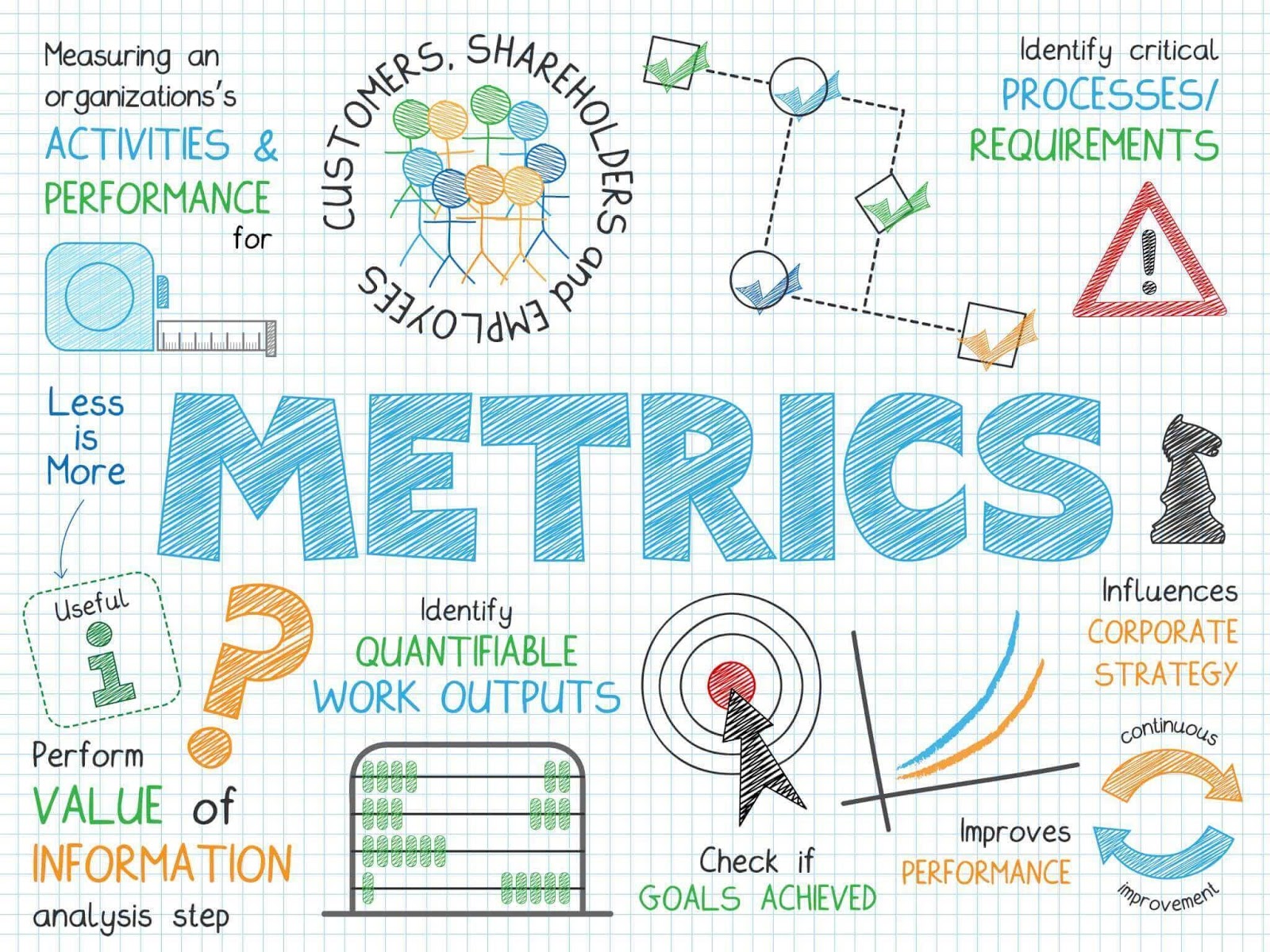
How to Choose the Right Performance Metrics to Track for Your Business
The first step towards measurable progress is to choose the right business metrics to concentrate on whether your quality improvement targets are relevant to inbound advertising, revenue, or any area of business for that purpose. Selecting the right business indicators is a step-by-step process, and you need to consider many things before picking the best ones. In addition to business metrics, you should also keep a close eye on your website’s security. An SSL certificate can help you in this regard as it encodes all the communication in transit on your site, keeping it away from the reach of cybercriminals.
What are Business Metrics?
Business metrics are employed to track, control, and evaluate quantitative measures that determine the business operation’s success or failure. It aids in better decision making for company management. It is crucial to understand that business metrics address business leaders such as clients, executives, company owners, lenders, and sellers.
Business metrics offer an overview of the business before doing a thorough analysis of the critical business details. Business metrics show whether, in a projected period, an organization has accomplished its objectives. KPIs can also give you a better idea of where things are not operating in your business, so you can choose the right track before it becomes a problem.
How to select the best business metrics?
There is no exhaustive list of performance metrics that should be tracked by any business. What you should monitor depends on your market, company stage, and objectives. There are several KPIs, though, that any company will profit from monitoring. And more, there is a wide range of others that can be valuable depending on the kind of business you possess.
For small businesses out there, you cannot monitor every KPI. Not only will it be hard to do, but you are going to lose control of what is significant as well. In selecting your KPIs, there are three main things you must remember.
-
Analyze your business goals
Holders of businesses are mostly focused on the result. While it is vital to understand if a company is becoming more or less efficient year by year, this is not the only aspect that a successful business manager needs to monitor.
Effective KPIs will enable you to decide what is crucial to your business. Think about the various objectives that you have for your company. You may have targets relevant to your consumers, your workers, your projects, and your advertisement. What are the most pertinent metrics connected to those objectives?
For instance, customer satisfaction and the lifelong loyalty of a client can be precious for some companies. Other companies’ success can depend on the efficiency of employees or how rapidly they sell their products. Selecting KPIs depending on business goals will make them more beneficial.
-
Understand your company stage
At various business phases, different KPIs are likely to be more relevant. A reasonably inexperienced business attempting to maintain cash flow should focus on the day’s sales outstanding (DSO) metric. Because it tells them how effortlessly they can convert a payable into cash.
A more developed business would pay less attention to DSO. Instead, they will choose to concentrate more on workforce retention to assist them in growing the company. Try to emphasize on business metrics that are most important to your business phase.
-
Include leading and lagging metrics
In general, the distinction between lagging and leading metrics is understanding the difference between your past and present performance. Leading metrics are not necessarily superior to lagging metrics, or vice versa. You must be capable of understanding the differences between the two.
Lagging metrics calculate the output of things that have previously occurred. Examples of lagging metrics include gross revenue last month, the number of new clients or hours of skilled service provided. These kinds of indicators are useful for mainly measuring outputs since they concentrate entirely on outcomes.
On the other hand, leading metrics calculate inputs, performance, and the probability of hitting a target in the future. Such kinds of indicators act as determinants of what is to come. Here are a few examples of leading metrics: percentage growth in the sales pipeline, the number of unique website views, the number of new patents, and percentage growth in new markets.

Most organizations have mainly concentrated exclusively on lagging metrics. One of the critical reasons for this is that lagging metrics appear to be simple to calculate because incidents have already occurred. For example, it is effortless to gather a report on the number of clients acquired last year.
You can assume leading metrics as business drivers since they come before trends arise, helping you determine whether or not you are on the right path to complete your objectives.
You will have a slightly bigger chance at success if you can predict which leading metrics will affect your future results.
Some key business metrics
Several business metrics are useful for almost every organization to track. These are key business indicators that can assist in monitoring a company’s health. They are probably not the only business metrics you would like to follow, but they are a perfect way to start with.
-
Net Profit Margin
The net profit margin business metric calculates how productive your company is to produce a profit from each dollar of income you pull in. This economic KPI is an indicator of the company’s sustainability and is essential in making financial decisions.
-
Quick Ratio
The quick ratio evaluates your company’s potential to fulfil any short-term financial commitments with resources that can be turned instantly into cash. This ratio gives a more cautious assessment of your financial health than the current ratio since it removes stocks from your assets.
-
Customer Acquisition Cost
The customer acquisition cost, business metric calculates how much it takes to capture one client for a business. It is a standard KPI to know the unit economics of how successful a corporation is at attracting its consumers.
-
Customer Lifetime Value
It is essential knowledge for your group to consider the overall benefit of an additional customer. With the customer lifetime value indicator, you can track precisely how much income each new client can add to the business throughout their entire life.
Conclusion

Monitoring KPIs is essential for the wellbeing of your company. But it must not be a troublesome job. Selecting the best business metrics, and using the right tools to track them will help you make educated decisions for your company’s growth.




